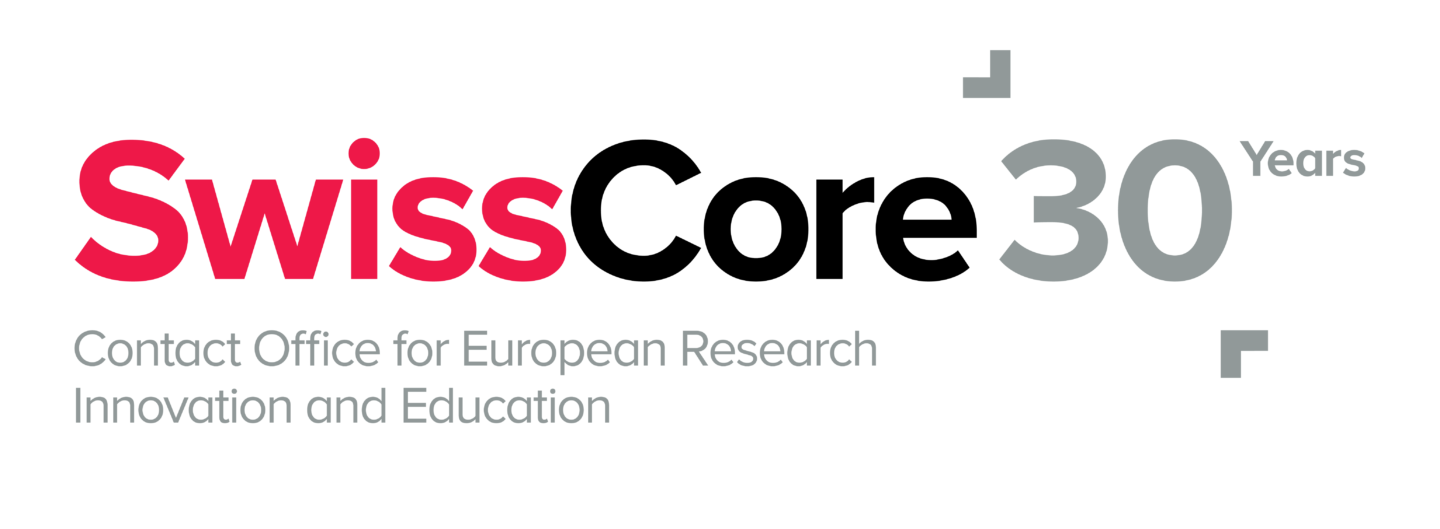The EU Member States and European Parliament advance legislation on the European Institute of Innovation and Technology, strengthening openness and governance.
The Council of the EU and the European Parliament (EP) have each consolidated their positions on the legislative package for the European Institute of Innovation and Technology. The legislative package comprises a regulation, focused on key principles of the functioning of the EIT, and a strategic innovation agenda (SIA), focused more on operational aspects. The package was proposed by the European Commission in July 2019. Both Council and EP have now amended these proposals, to make the EIT’s programmes more open and transparent, and introduced stronger oversight of its operations. They also emphasize the importance of moving the EIT’s consortia of beneficiaries, known as Knowledge and Innovation Communities (KICs), towards financial sustainability and towards a better geographical balance between regions with stronger and or modest innovation ecosystems.
The European Institute of Innovation and Technology (EIT) is an EU body created by the European Union in 2008 to strengthen Europe’s ability to innovate. The EIT has its own legal base but remains part of Horizon 2020, and integrates business, education, and research to find solutions to pressing global challenges through innovation. It operates by supporting KICs, long-term European partnerships among companies, research labs and higher education. Each KIC is dedicated to a specific global challenge, from climate change and sustainable energy to healthy living and food. The new legislative package follows on the evaluation of the EIT’s performance since its inception.
The Council arrived at their position on the EIT regulation in November 2019, before agreeing on amendments to the SIA at the end of February. On the regulation, they seek “performance-based mechanisms for the granting of financial contributions to KICs in order to enhance their capacity to attract other investments and to finance their activities independently of the EIT’s contributions”. They also demand stronger monitoring and evaluation principles: “the continuation of existing KICs will be subject to comprehensive assessment, which should include the monitoring of progress towards financial sustainability as well as openness to new members. They also seek direct input through a group of Member State representatives, who “will be consulted on strategic decisions, such as the extension of partnership agreements with KICs”. On the SIA, they move towards performance-based funding for the KICs, seek to make them more open, and propose a list of possible thematic areas for a second new KIC to be launched in 2026.
EP arrived at their position on both the regulation and the SIA on 18 March 2020. The position promotes similar priorities in their amendments: openness, transparency, and oversight are strengthened, as is the development of the financial sustainability of the KICs. EP adds more emphasis on developing KIC activities in regions with more modest innovation ecosystems by ramping up the Regional Innovation Scheme (RIS), and also demands a stronger role for itself in the oversight of the EIT’s activities. Important divergences, however, appear on future KICs. On the one side, Council postpones the launch of the next KIC in Cultural and Creative industries from 2022 to 2023, and proposes a list of possible thematic areas for a second new KIC foreseen in 2026. On the other side, EP maintains the 2022 launch date for the first, and proposes a specific thematic area for the second – Water, Marine and Maritime Sectors and Ecosystems – with a launch foreseen a year earlier, in 2025. They also differ on the budget: Council has bracketed the issue of funding while EP has proposed to fix it at 4% of the total Horizon Europe budget. Neither Council nor EP supports the European Commission’s proposal to make the EIT regulation “time-neutral”, which would have avoided the need for renegotiating the legal base at the end of every seven-year Multi-annual Financial Framework (MFF).
In the next steps, Council and EP will seek to find an agreement on all aspects other than the budget, to allow for a speedy implementation of the EIT within Horizon Europe once the MFF is finalised.
